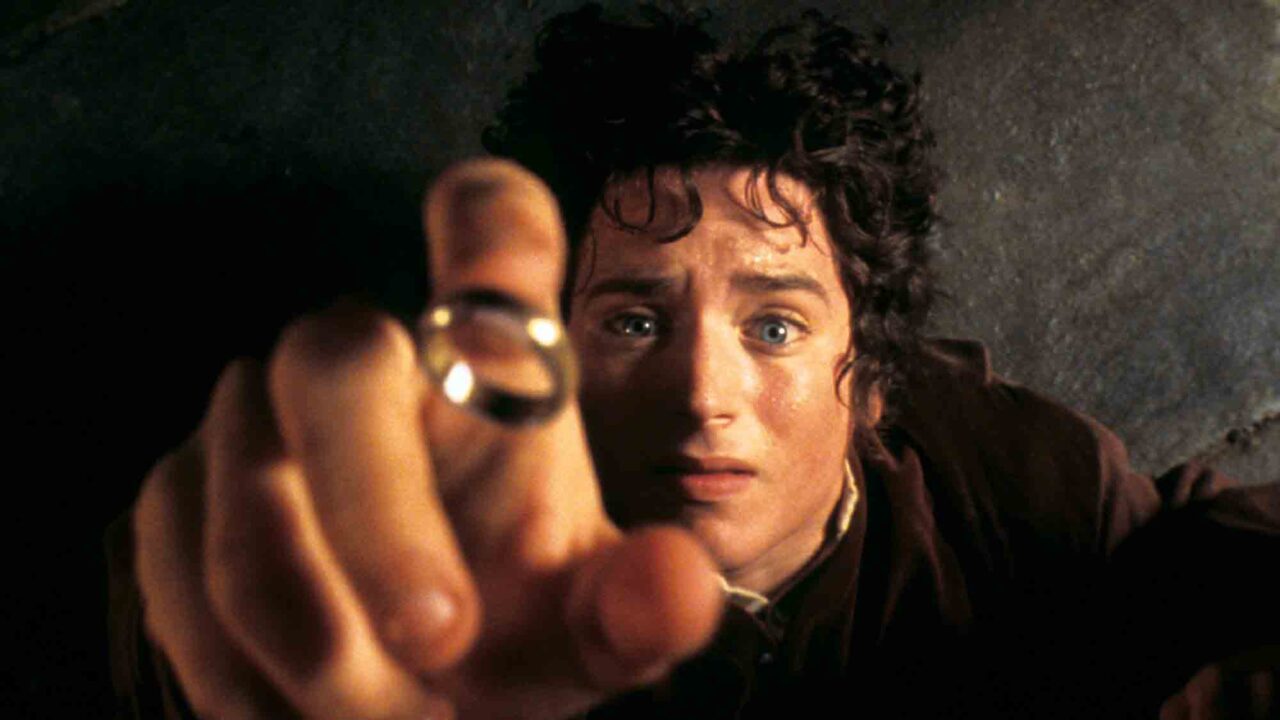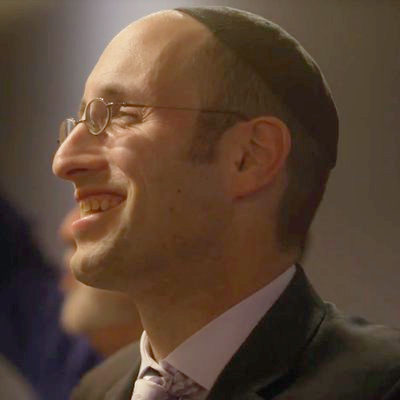Tolkien’s Biblical Epic
The long-lasting popularity of The Lord of the Rings shows that in a secular age, readers still respond to Judeo-Christian teachings about morality, providence, and power.

If, in the 1930s, someone had sought to predict the bestselling English author of the 20th century, they probably would not have selected the Rawlinson and Bosworth Professor of Anglo-Saxon at Oxford. John Ronald Reuel Tolkien, who died 50 years ago on Sept. 2, 1973, spent his entire professional life in the academy, yet his impact on the world reached far beyond the ivory tower. His Lord of the Rings series of novels, which launched the modern genre of fantasy literature, have sold over 150 million copies and served as the source material for the wildly successful films of Peter Jackson.
Tolkien’s fame began with a much lighter work, The Hobbit, published in 1937. A book for children, it is the story of Bilbo Baggins, a lazy creature who is suddenly startled into alacrity by a visiting wizard and an entourage of dwarves that recruit him to join their invasion of a dragon’s den. Along the way, Bilbo acquires a useful ring that allows him to turn invisible, a magical device essential to the triumph of his quest.
Tolkien could have continued his career as an enormously successful children’s author. Instead, he followed The Hobbit with the Lord of the Rings trilogy, in which it is revealed that the trinket discovered by Bilbo was forged long before by the dark lord Sauron. His discovery that the long-lost talisman has been found sets in motion a series of events in which characters from across the realm of Middle-Earth—the wizard Gandalf, humans, dwarves and elves—unite to battle against the forces of darkness. Bilbo’s nephew Frodo is given the terrible task of bringing the ring deep into Sauron’s territory, to destroy it in the fires in which it was forged.
Unlike The Hobbit, the trilogy—comprising The Fellowship of the Ring, The Two Towers and The Return of the King—is densely written, with paragraph upon paragraph describing the geography of Middle-Earth. (Peter Jackson’s films retain this element of the novels: One viral parody movie trailer describes the movies as featuring “walking, roaming, hiking, more walking, and strolling.”) Tolkien also wrote an appendix explaining the history of Middle-Earth before Frodo’s story and made up languages like Elvish out of the whole cloth.
Continue reading at the Wall Street Journal [subscription required].
The long-lasting popularity of The Lord of the Rings shows that in a secular age, readers still respond to Judeo-Christian teachings about morality, providence, and power.
The long-lasting popularity of The Lord of the Rings shows that in a secular age, readers still respond to Judeo-Christian teachings about morality, providence, and power.

